Source: New Wisdom

Image source: Generated by Wujie AI
Have you ever had the strange experience of waking up in your own dream?
At that time, you were not fully awake, but you could feel a dream around you, and you had enough consciousness to control part of the illusion.
For about half of adults, this "lucid dream" has extraordinary significance. According to surveys, they have experienced lucid dreams at least once in their lifetime.
This is why the technology startup company Prophetic hopes to develop a wearable device that allows more people to experience what a lucid dream feels like.
Ultrasound Combined with AI to Induce Lucid Dreams
When 29-year-old Eric Wollberg and 27-year-old Wesley Berry met in March of this year, they hit it off immediately.
Wollberg was trying to use lucid dreams to explore consciousness, while Berry was working with musician Grimes to convert neural signals into art. How do brain imaging tools help depict human thought patterns? Both of them were fascinated by this.
When a sleeping person becomes aware that they are dreaming and can control certain parts of the dream, this is a lucid dream.

In the same month, the two founded Prophetic, hoping to create the "world's first wearable device for stabilizing lucid dreams," which emits focused ultrasound signals.
Prophetic's goal is to combine ultrasound and technologies such as machine learning models with a device called Halo to detect when a dreamer is in rapid eye movement (REM) sleep, induce lucid dreams, and stabilize them.
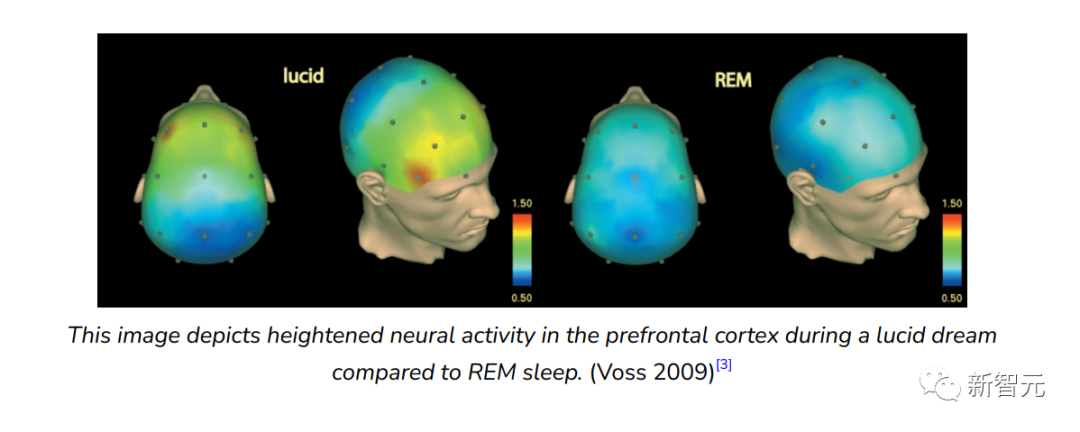
Realizing that you are in a dream is an extraordinary experience, it's very surreal.
Wollberg has been having lucid dreams since he was 12 years old. "From an entertainment perspective, this is the ultimate VR experience. You can fly, make a building rise from the ground, and talk to characters in the dream."
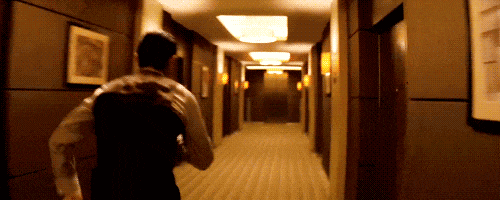
Berry pointed out that lucid dreams have many benefits. It can assist in treating PTSD, reduce anxiety, improve mood, enhance confidence, motor skills, and creativity, and so on.
Halo is scheduled to be released in 2025, and Prophetic has not made any medical claims about the product. But Wollberg and Berry are both optimistic, as there have been many studies proving that lucid dreams can reduce nightmares related to PTSD, promote mindfulness, and open new windows into the mysterious nature of consciousness.

Paper link: https://www.ncbi.nlm.nih.gov/pmc/articles/PMC6451677/

Paper link: https://www.nature.com/articles/s41598-022-19624-4

Paper link: https://www.ncbi.nlm.nih.gov/pmc/articles/PMC7471655/
To further explore the connection between these phenomena, Prophetic is collaborating with the Donders Institute at Radboud University in the Netherlands. This research center focuses on neuroscience and cognition, hoping to generate the largest dataset of lucid dreamers' electroencephalogram (EEG) and functional magnetic resonance imaging (fMRI) observations.
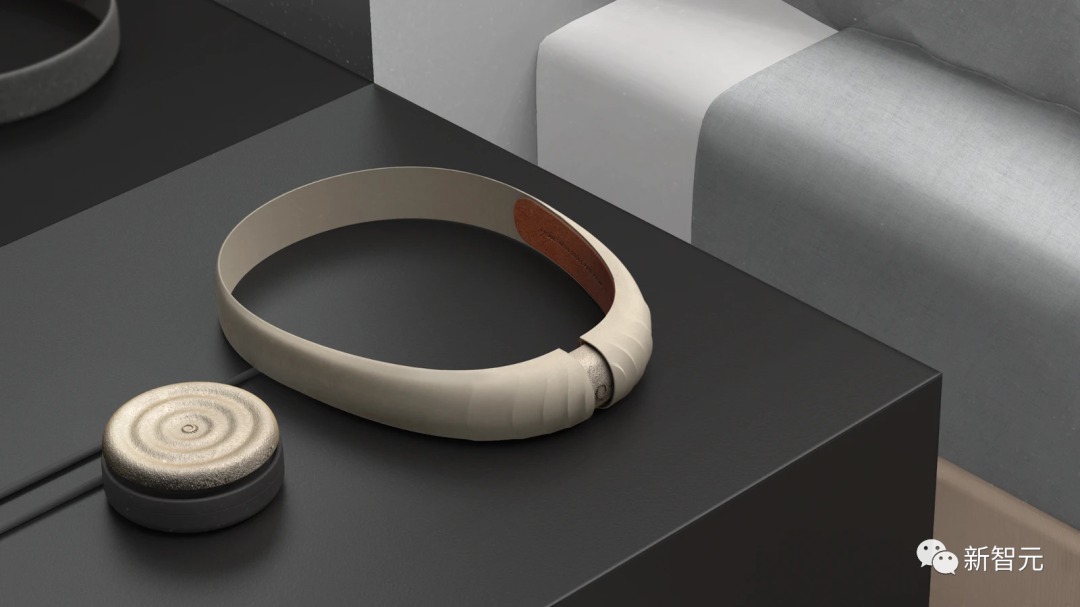
This collaboration will also explore one of the core technologies behind Prophetic's vision, transcranial focused ultrasound (TUS).
This non-invasive technology uses low-intensity ultrasound pulses to detect and interact with brain activity, achieving a depth and precision that previous methods (such as transcranial electrical stimulation or transcranial magnetic stimulation) could not.
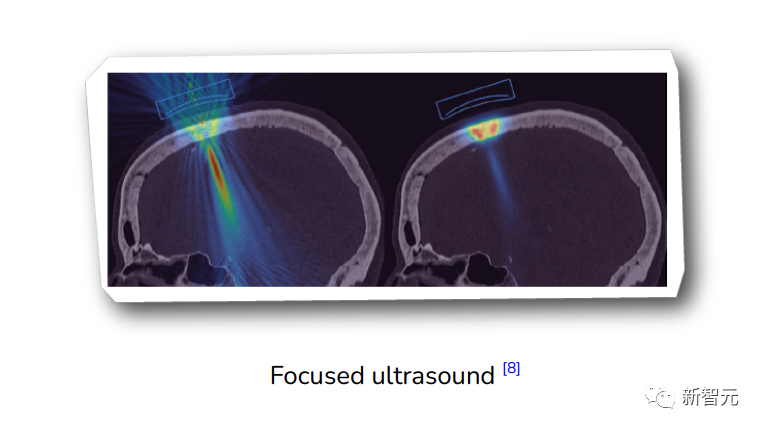
Nico Adelhöfer, a researcher at the Donders Sleep and Memory Lab, expressed his excitement about developing a household lucid dream device.
"Although high-density research is needed in the laboratory to fully study lucid dreams, the ultimate goal of this research is for the general public. If participants have to come to the lab to experience it, it goes against the original intention."
He explained that household devices for improving sleep experience (including inducing lucid dreams) have existed for several years, but they are quite bulky and have a low induction rate."
However, safe focused neural regulation is a recent technology that not only has enormous potential in inducing lucid dreams but also has the possibility to flexibly change other parameters of sleep and cognition.
Seeing what is possible and where the limitations are is very exciting.
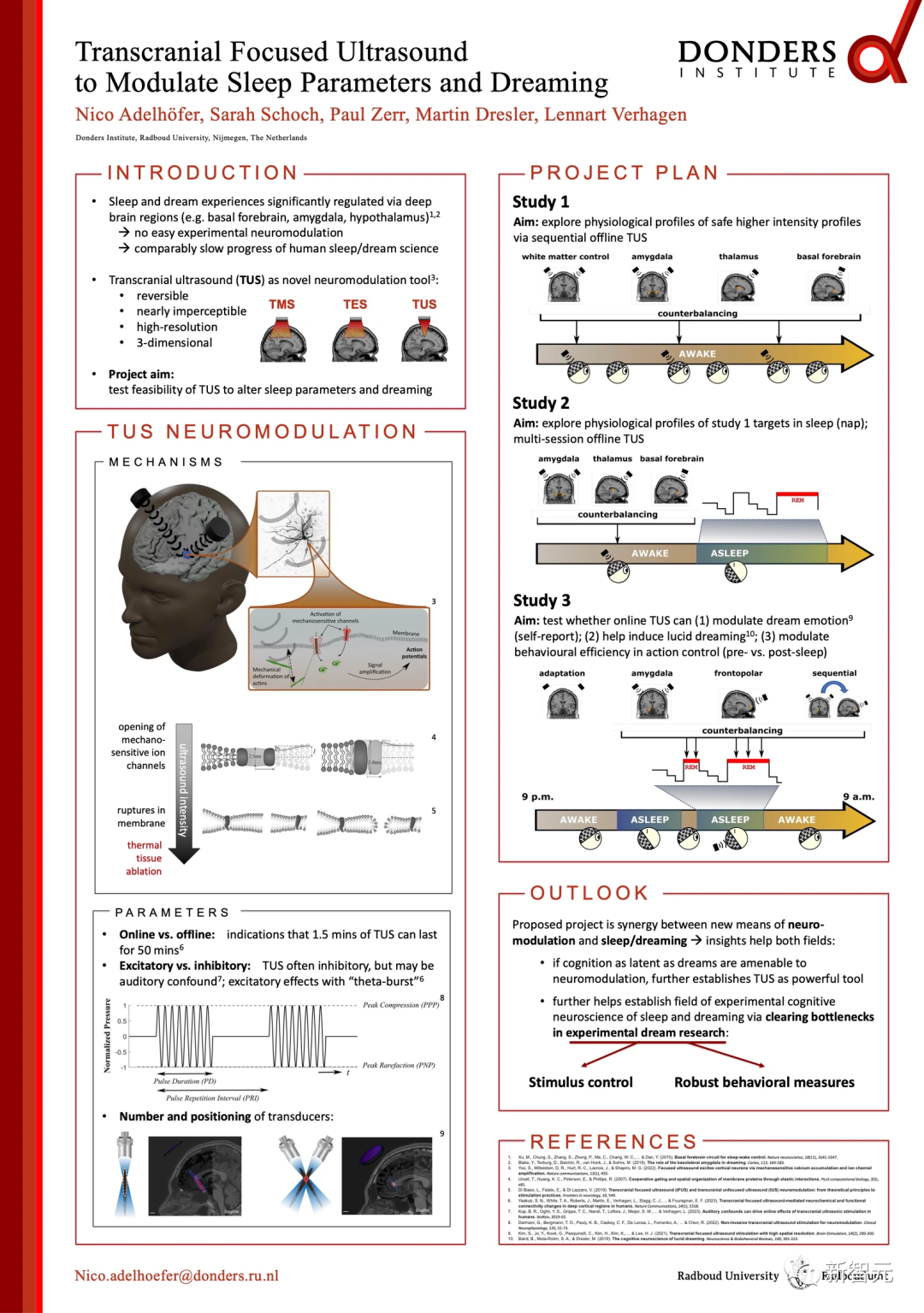
Although ultrasound devices have been widely used in medicine for decades, using TUS to stimulate the brain is still a relatively new technology.
According to a study in 2019, it may be used to study brain function and regulate brain activity. A study in 2020 showed that it may even be used to treat depression and anxiety.
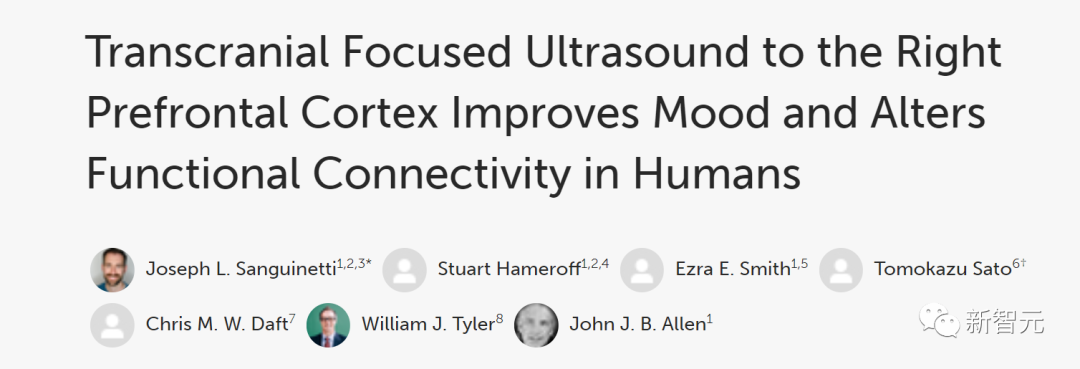
Paper link: https://www.frontiersin.org/articles/10.3389/fnhum.2020.00052/full
It is currently unclear whether TUS can induce or stabilize lucid dreams, but the Prophetic team hopes to find a positive answer.
The wearable device Halo is developed in collaboration with Card79, which can read the user's EEG data. Card79 designs and manufactures hardware for Neuralink, Elon Musk's brain-machine interface company.
Next, Prophetic hopes to use the dataset from the collaboration with the Donders Institute to train machine learning models, which will stimulate users using transducers with focused ultrasound as a means of inducing targeted neural activity.
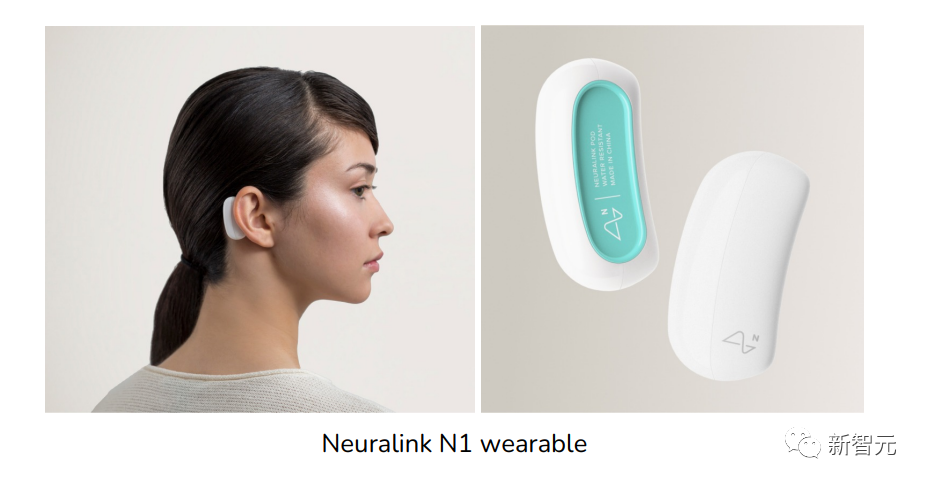
You Can't Even Feel That You're Wearing the Device
"In an ideal situation, users won't even notice this device, they will only perceive subtle changes in the dream experience, which look natural and without artificial traces," explained Adelhöfer.
He himself is a long-term lucid dreamer.
"The direction of dream changes depends on the exact parameter settings. A moment of insight may be triggered, causing the dreamer to question the reality of the current dream, leading to a lucid dream. When the dream is combined with complete sensory immersion, it easily becomes one of the most curious and exciting experiences for humans."
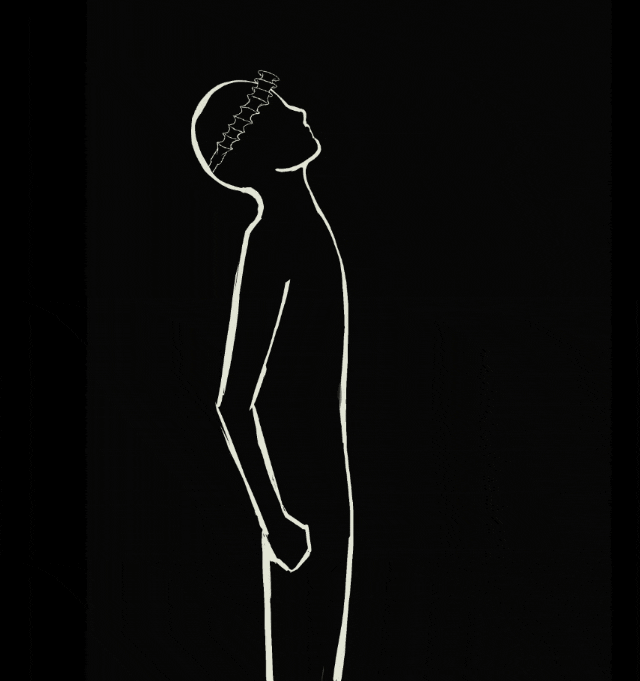
Based on the details of the transducer device and its steering range, it can be further imagined that the emotional tone of dreams can also be regulated, such as reducing negative emotions, which can be achieved by targeting the amygdala deep in the brain.
Research on sleep targeting this specific goal is still ongoing. In the future, it may be possible to modulate specific content of dreams through ultrasound technology, but more hardware iterations are needed to achieve the high resolution and reliability required for this task.
Wollberg and Berry believe that their technology will successfully induce lucid dreams based on other methods. For example, a study in 2014 found that stimulation in the low gamma band during REM sleep affects ongoing brain activity and induces self-reflective consciousness in dreams.

Paper link: https://www.nature.com/articles/nn.3719
Wollberg began having lucid dreams at the age of 12. Since college, he has been having lucid dreams twice a week and realized that he wanted to create a method to explore consciousness at a deeper level.
While today's leading Transformer models support tools like ChatGPT to process text input and output, Berry's goal with Prophetic is to do something different—using convolutional neural networks to decode brain imaging data into tokens, and then inputting this data into the Transformer model in a way it can understand.

"You can create this closed loop, where the model is learning and figuring out what kind of brain state sequence needs to happen, what kind of neural stimulation sequence needs to happen to maximally activate the prefrontal cortex."
The prototype of Prophetic aims to use focused ultrasound to stimulate the user's prefrontal cortex during dreaming.

Paper link: https://pubmed.ncbi.nlm.nih.gov/35264943/
Research shows that focused ultrasound stimulation can improve working memory, which Berry somewhat equates to his own idea—being unaware of how he arrived at a certain place in a dream.
"When you use this focused ultrasound, it's like a quantum leap, and I have a strong belief in that," Berry said.
Inception Becomes Reality?
In future iterations, it remains to be seen whether Halo will use TUS to achieve similar results, or if there will be even greater surprises.
Naturally, this concept has evoked some classic pop culture stories about manipulating dreams, such as "Inception," "The Matrix," and the most classic and terrifying treehouse story from "The Simpsons"—"Nightmare on Evergreen Terrace."

Clearly, the dramatics in these fictional works mostly come from the worst possible outcomes of disrupted dreams, without considering their scientific basis.
The Prophetic team recognizes that there may be safety and privacy concerns about these emerging technologies, and these issues have been addressed in their technology roadmap.
Adelhöfer also pointed out that safety is crucial in various sleep and dream regulation studies.
"The current technological developments indicate that in the future, advanced dream content control is entirely possible," Adelhöfer said.
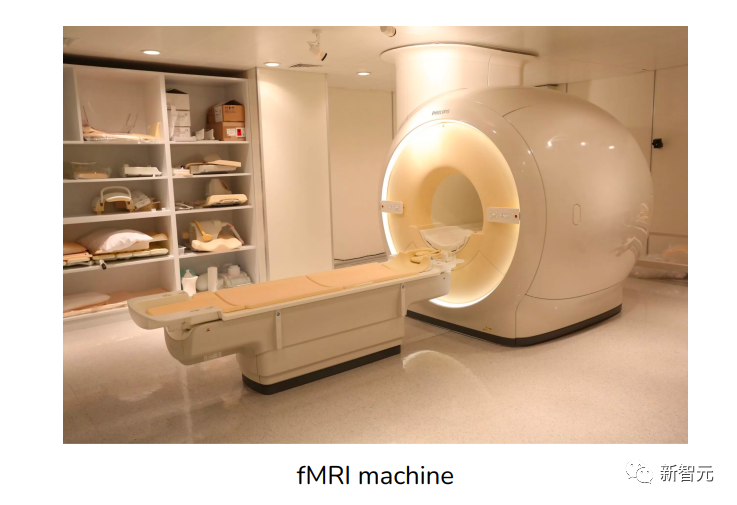
Prophetic hopes that Halo can contribute to the exploration of dreams and consciousness.
"The effect of lucid dreaming on me is to make the world more fascinating," Wollberg said.
When you have such an extraordinary experience, it really injects a lot of charm, mystery, and depth into life.
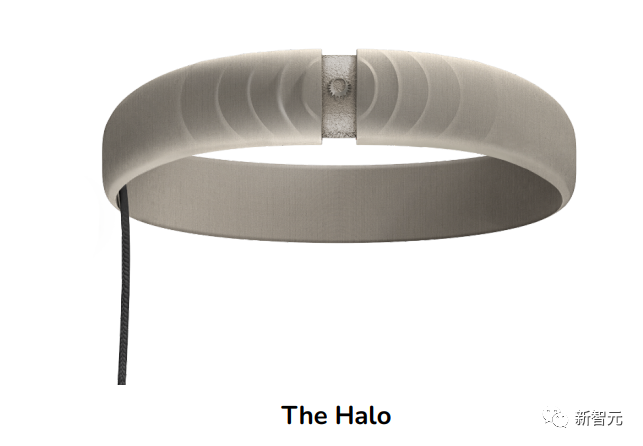
$1.1 Million in Funding
The startup has raised $1.1 million in previously unreported funding, with participation from a16z's Scout Fund and led by BoxGroup.
Wollberg compared the company to OpenAI. Its mission is to "jointly understand the nature of consciousness," as stated on its LinkedIn page: "Prometheus stole fire from the gods, and we will steal dreams from the prophets."
However, the prototype is still a year away from being unveiled, and the company plans to start delivering the devices from spring 2025. Prophetic still has a way to go to fulfill its promises.
References:
https://www.cnbc.com/2023/10/04/ai-startup-prophetic-aims-to-build-headset-that-lets-you-control-dreams.html
https://www.vice.com/en/article/m7bxdx/scientists-are-researching-a-device-that-can-induce-lucid-dreams-on-demand?utm_source=tldrnewsletter
免责声明:本文章仅代表作者个人观点,不代表本平台的立场和观点。本文章仅供信息分享,不构成对任何人的任何投资建议。用户与作者之间的任何争议,与本平台无关。如网页中刊载的文章或图片涉及侵权,请提供相关的权利证明和身份证明发送邮件到support@aicoin.com,本平台相关工作人员将会进行核查。




